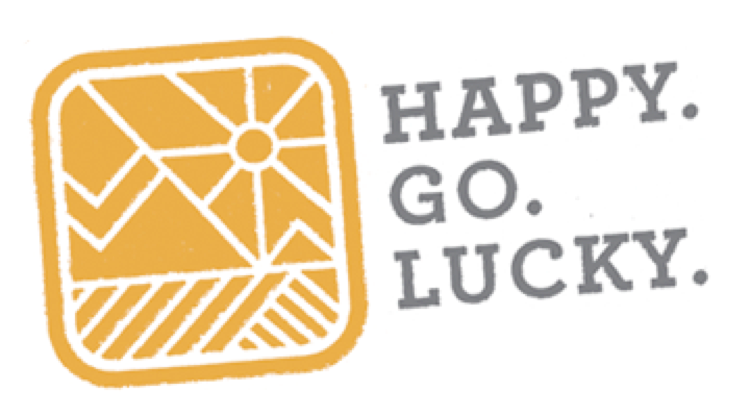Yi Peng and Loy Krathong
Looking up into the sky at Yi Peng in Chiang Mai, Thailand has to be one of the most beautiful sights we have ever seen. Nearly 10,000 paper lanterns flood the night sky with light as they float silently away, carrying the hopes and prayers of the people watching from below. Wave after wave of lanterns are released and as the first finally drift out of sight, the newer ones take their place. It's complete chaos on the ground - people calling for torches, trying to be patient as their lanterns fill with hot air, dodging the unsuccessful launches, laughing with one another at the sight of it all. But, in the sky, thousands of lanterns dance together in perfect harmony.
Yi Peng is a festival found only in Chiang Mai, corresponding with the nation-wide holiday Loy Krathong, which is celebrated each year around the full moon of the 12th month of the lunar cycle. Loy Krathong has been one of Thailand's biggest festival for centuries, meant to honor Buddha and praise the water goddess for the year's abundance. In addition to the lanterns, people release floating candles on rivers and waterways. The ceremony is meant to purge you of negativity and darkness and if your float or lantern drifts out of site with the flame still lit, it's a sign of good luck for the year to come. It was total luck that we were in the area at the end of November (full moon was on Nov. 28 in 2012), but once that lined up, we dug into research about the best way to participate. Yi Peng was an obvious choice but really hard to get solid information about. The date changes every year and they host two separate events - a free one for locals and a separate international festival that costs $80. For obvious reasons, the international festival is widely promoted and even has its own dedicated website with all the information you could ever need. On the other hand, information on the free, local event is pretty much non-existent with the exception of a wonderful resource... Travel blogs. Since we found the information on blogs so incredibly helpful, here's a quick rundown of our Yi Peng experience for anyone looking to attend a future festival. If not, there's plenty more pretty pics to enjoy here.
Local vs. International. Up to you, but for us, the free/local event is the way to go. It's more authentic, but still visitor friendly and even had announcements in English so we knew what was going on the whole time. I think the biggest difference in this versus the paid international event is that the latter includes buses to the event site and a gift bag of Lanna keepsakes.
Dates. The dates for the local event are typically not posted until close to the event itself. BUT, historically, it's been the weekend prior to the full moon. For example, in 2012 the full moon was on Nov. 28 and Yi Peng (local) was on Nov. 24. The international event was the weekend after (Nov. 30).
Location & How to Get There. Yi Peng is held at the Lanna International Center, behind Mae Jo University, outside of Chiang Mai. To get there, go down by the river just past the markets in Chinatown in Chiang Mai and look (or ask) for a green songtauw. Tell the driver Mae Jo University. Once the songtauw fills up, it's about 45 minutes to your stop. Get off, and then walk or hop another songtauw through the university to the event site. Once you're at the university, you'll see people heading that way - just follow them. And, it's likely that other travelers or Thais in your songtauw will be going to the event too.
Lanterns. There will be plenty of opportunities to buy lanterns as soon as you get off the songtauw, all the way to the event site. Wait until you're inside to buy them directly from the official event. Outside lanterns will not be allowed in, plus buying them direct is a donation to the monks that put on the event.
Getting Out. This was the worst part. It's unorganized and overcrowded. Be patient and try to leave a little early to avoid the cattle drive. There will be songtauws waiting outside, but they'll charge you up to 10 times what you paid to get there. Up to you whether you want to pay for a quick, guaranteed ride or take your chances closer to the road.






























